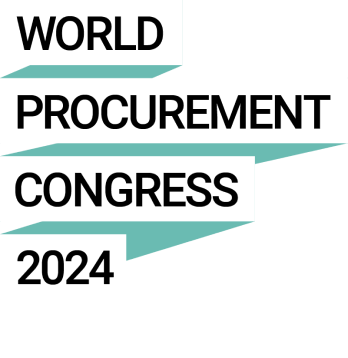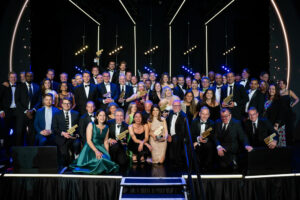Most procurement sustainability leaders will tell you they want responsibility for securing sustainable supply to be dispersed throughout the organisation. Better that sustainability be integrated into procurement’s standard sourcing, supplier selection, contracting and supplier management processes than managed separately.
“We are embedding sustainability within the business units. Having expert teams is important, but to operationalise sustainability as part of day-to-day business it has to be embedded within the organisation,” said the CPO of one multinational chemicals company heavily involved in sustainability, on a recent conference call with Procurement Leaders.
All others on the call agreed. And Procurement Leaders’ forthcoming report, Building a procurement sustainability programme, suggests decentralised sustainability operating models are the most effective. Yet they are not without their flaws.
Chief among the issues is one to do with coordination. More accurately, the potential for a breakdown in coordination. Without the unifying force of a centralised organisation, staying true to a coherent strategy can be challenging. Decentralised organisations can be clumsy. There is a risk that the activities carried out by one team will overlap or undermine those being performed by another.
The problem of poor coordination is not unique to sustainability, however. Any leader who has worked in a decentralised organisation knows they do not run smoothly all by themselves. To get the most out of localised decision making, you need to apply formal management practices and stick to them, so the different elements of the organisation all work in harmony.
Procurement Leaders’ research reveals two such management practices, which can be applied by procurement sustainability leaders working within or towards a decentralised operating model:
- Build a top-down governance structure: securing cross-functional, executive support for sustainability is one way to coordinate the organisation’s activities. From a sustainability leader’s perspective it is preferable to secure commitment to the strategy at the top of the organisation and have it cascaded down, compared with attempting to influence scores of managers who may have competing agendas. As the sustainable sourcing director from one multinational food and beverage company explained in an interview with Procurement Leaders, “by embedding sustainability at the management level, I can avoid conflicts at the operational level.”
- Introduce collaboration forums: leaders of sustainability projects in decentralised organisations depend on one another for information. They should attempt to capitalise on expertise from around the organisation while ensuring their work does not detract from the overall sustainability strategy. Leaders need answers to questions such as, how will a sustainable sourcing programme, which may take volumes away from suppliers in high-risk regions, impact social development and poverty reduction in those regions? It is good practice for leaders to meet periodically, to present their initiatives, share knowledge, review the barriers to progress and develop their relationships with one another.
Procurement was established to secure the best-priced goods and services, not the most sustainable ones. Yet pressure is growing on businesses to address environmental, social and governance issues (ESG) more urgently, including in the supply chain. Decentralising sustainability may be the best way of integrating ESG issues into procurement. But, to capitalise on that opportunity, leaders must be able to marshal their teams’ activities.
Image credits: Gábor Molnár / Unsplash


















